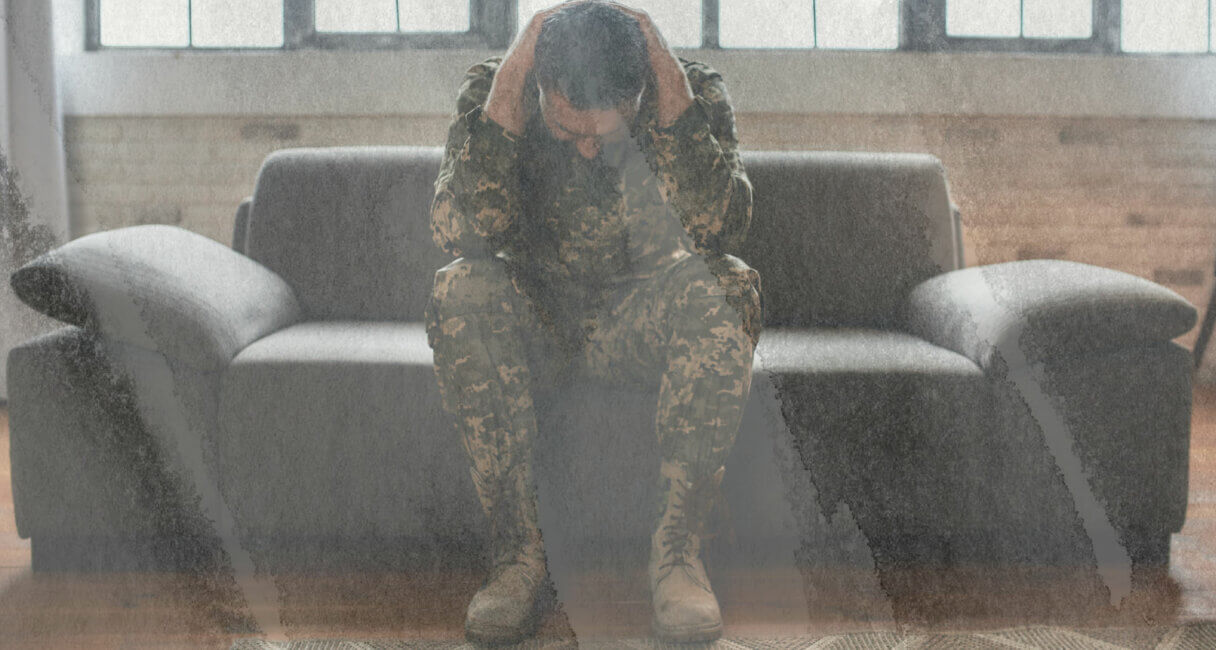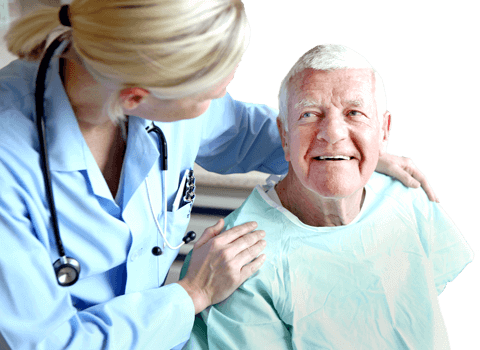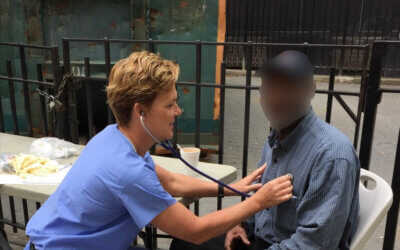PTSD: What You Should Know

According to Jon Karon, “In World War I, they called it shell shock. Second time around, they called it battle fatigue. After ‘Nam,’ it was post-traumatic stress disorder.”
The horrors witnessed by our military service men and women have changed with time, advances in equipment and technological capabilities. Nevertheless, war and other traumatic events transform individuals in unique, and yet similar, ways. For some, painful memories fade over time, but for others, the negative thoughts and feelings do not disappear.
What is PTSD?
In this day and age, many have heard the term post-traumatic stress disorder (PTSD) mentioned. Most often it is talked about in association with war and the mental health issues many veterans face. But what is PTSD exactly?
PTSD can actually develop months or even years after the traumatic event. If painful memories, thoughts and feelings linger for months or years and disrupt everyday life, individuals should seek a definite diagnosis and subsequent treatment.
The statistics for PTSD are forever increasing especially after more than a year living with the COVID-19 pandemic. Here are some of the highlights reported by the U.S. Department of Veterans Affairs’ Nation Center for PTSD and the not-for-profit organization PTSD United:
- In the United States, approximately seven or eight out of every 100 people (roughly 7 to 8 percent of the population) will have experienced some type of PTSD over the course of their lifetime.
- During any given year, approximately eight million adults have PTSD.
- At any given time, it is estimated that 24.4 million Americans have PTSD. To put this statistic in perspective, this sum equals the total population of Texas.
- Ten of every 100 women (or 10 percent) develop PTSD sometime in their lives compared with about four of every 100 men (or 4 percent).
- With regard to the military, up to 30 percent of Vietnam War veterans, up to 10 percent of Gulf War veterans and approximately 20 percent of Operation Enduring Freedom and Operation Iraqi Freedom veterans have post-traumatic stress disorder. Unfortunately, the number of PTSD diagnoses keeps rising.
- One of every eight first responders on September 11 reported PTSD symptoms three years after the event.
What Are the Symptoms?
According to American Psychiatry Association, the symptoms of PTSD fall into four categories:
- Revisiting the traumatic experience:
- Symptoms take the form of flashbacks, nightmares and involuntary memories.
- Emotional distance:
- Sufferers avoid people, activities and places that serve as traumatic reminders.
- Extremes of emotion:
- People with PTSD can be easily angered, feel jittery, act reckless and/or have trouble sleeping and staying focused.
- Negative thoughts and feelings:
- Guilt, shame, fear and lowering self-esteem tend to be a common thread in people with PTSD.
Treatment Options
When it comes to treatment options for PTSD, there are three primary goals:
- Reduce the number of symptoms
- Teach the person with PTSD how to cope
- Rebuild self-esteem and self-worth
The primary method of accomplishing these goals is with cognitive behavioral therapy (CBT). Therapists are committed to helping PTSD sufferers adapt and change their way of thinking about traumatic events. For the most part, those with PTSD are encouraged to talk about the events and determine strategies to overcome and conquer the fears associated with the trauma.
Post-Traumatic Stress Disorder and Hospice
As part of the Chapters Health Valor Program, there is a deep understanding of the unique needs of veterans (and first responders) and particularly those who have a PTSD diagnosis. The partnership provides hospice staff and volunteers with the education and training necessary to serve veterans (and first responders) through the challenges they may face from traumatic life experiences as a result of serving in the military or during emergency situations.
Chapters Health System is committed to serving the needs of its patients, families, caregivers, health providers, partners and communities.
For more information, please call our helpful Chapters Health and HospiceHelp24® team at 1.866.204.8611 or Contact Us.
Keep Exploring

















